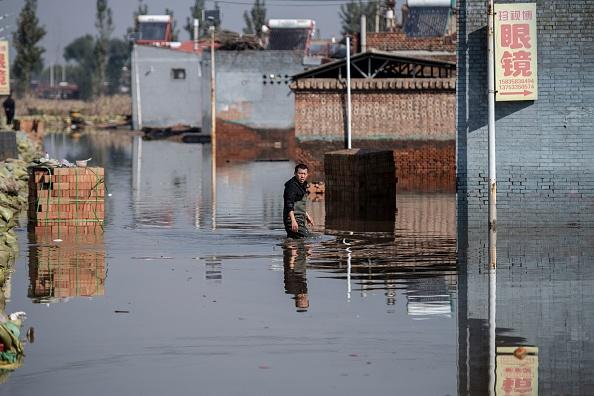Recently, floods have devastated the entire province of Shanxi in northern China, an area famous for vast reserves of coal and iron.
Dam water discharge coupled with heavy rains and landslides, have damaged railways, and caused tens of thousands of victims to flee, farmlands to vanish, and massive coal mines to suspend production.




